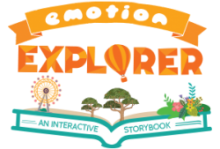Aligns with core instructional objectives
Makes time for SEL instruction because it also meets ELA, ISTE, and ASCA standards.
Fun, developmentally appropriate approach
Fully narrated, interactive storybooks provide students with self-paced, personalized, skill-building activities for enhanced socio-emotional learning and outcomes.



